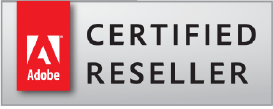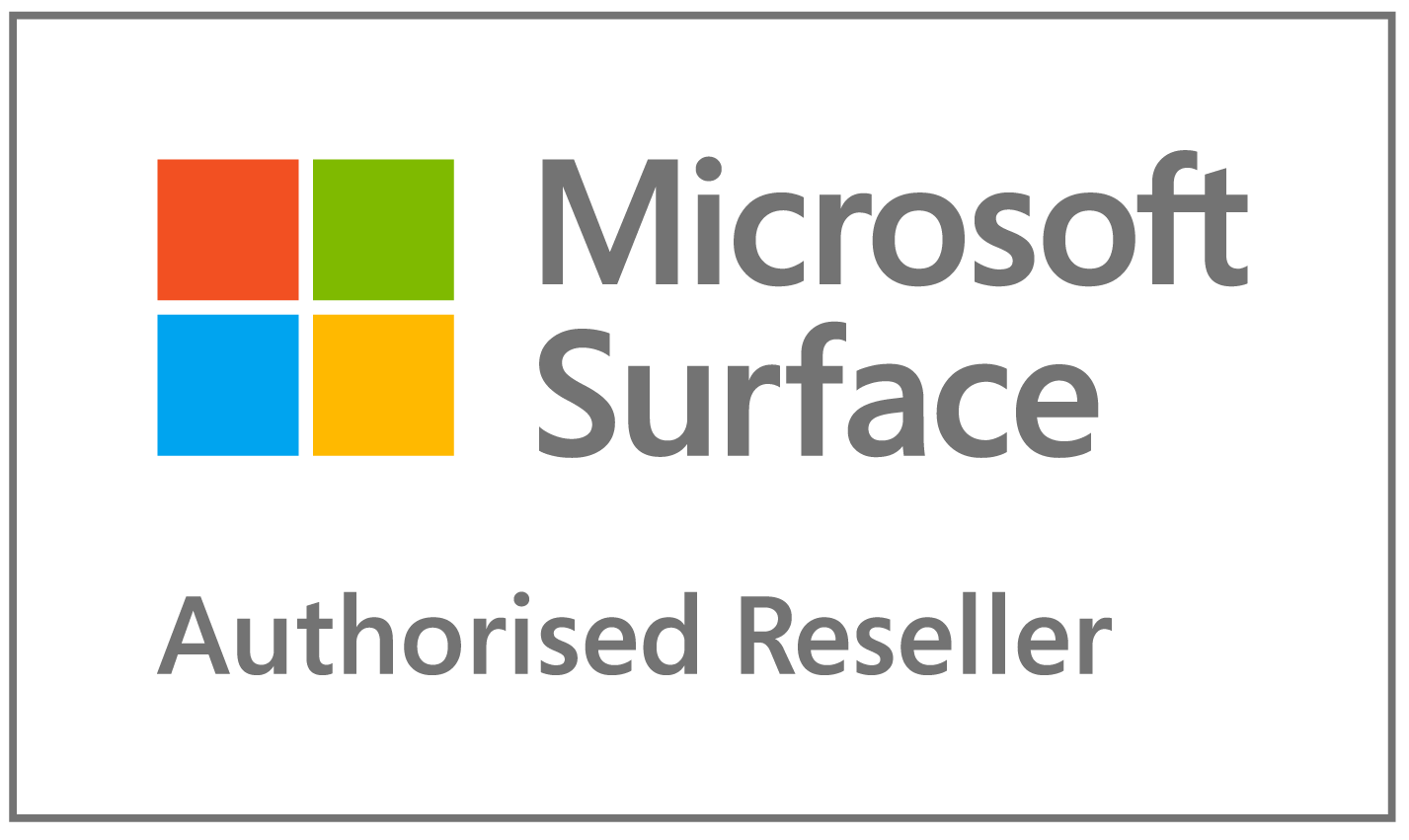When buying a new Mac, many people don’t give enough thought to how much RAM they need. Often the choice is made by the available stock and even just on price. Whilst cost has to be considered, it is worthwhile stopping to analyse how much RAM you really need.
RAM is a crucial component of your computer that impacts its performance and multitasking capabilities. Ultimately it is a big decider in how usable your new Mac will be and for how long. In this article, we’ll look at the factors to consider when deciding how much RAM you really need for your Mac.
Remember that these days RAM is not upgradable after purchase for any new Mac. So it is more important than ever to specify your Mac with sufficient RAM at purchase.
Understanding RAM
RAM is the temporary working memory of your computer. It stores data and instructions that are actively being used by your Mac. When you start your Mac into macOS, run applications or open files, they are all loaded into RAM – that is the process you see when you start up, launch an app, or open a file.
Several factors determine how much RAM you need in your Mac.
Your typical usage patterns are a major factor: If you primarily use your Mac for very basic tasks like web browsing, email, and word processing, you won’t need as much RAM as someone who uses resource-intensive applications like design, video editing, CAD, 3D rendering, or virtual machines. How much you use your Mac day-to-day should be considered too. Do you use your Mac for an hour or two for emails, web browsing and basic tasks, or do you use it heavily all day?
macOS Version: Different versions of macOS have varying RAM requirements. Newer versions of the operating system and more modern applications demand more RAM for optimal performance.
Future-Proofing: Consider your Mac’s lifespan. If you plan to keep it for several years, you should factor in the growing demands of software and operating systems. More RAM can help future-proof your system. What is “enough” RAM today, likely won’t be enough in future.
Let’s break down RAM recommendations for different types of users:
Casual Light User (home user, student)
If you use your Mac for very basic personal tasks, 8GB of RAM could suffice. It will handle web browsing, email, and office document editing comfortably. These days Mac Aid would only recommend 8GB RAM for the most basic home use, on a consumer level Mac like an iMac or MacBook Air. But 8GB of RAM is not a very good strategic choice these days, because although it might be adequate now, it won’t be enough in a couple of years as the macOS and the applications you use become more demanding. So a new Mac with 8GB RAM is not going to be a great investment, if you can stretch to it, 16GB is a much better choice.
Recommended Mac specs for this user: M1 MacBook Air with 8GB RAM. 13 or 15 inch M2 MacBook Air with 16GB RAM. M2 Mac mini with 16GB RAM. M3 iMac with 16GB RAM.
Everyday Mid-level User (business person, executive)
If you use your Mac all day, every day, dealing with lots of email, messaging apps, web-platforms, Dropbox, Microsoft Office apps, and even perhaps work with photo editing or editing small videos, 16GB of RAM is a sensible choice. This will ensure smoother performance when running resource-intensive applications. 16GB RAM is the standard Mac Aid recommendation for most users these days. A Mac with 16GB RAM is going to be productive for years to come.
Recommended Mac specs for this user: 13 or 15 inch M2 MacBook Air with 16GB RAM. M3 14 or 16 inch MacBook Pro with 16GB RAM. M2 Pro Mac mini with 16GB GB RAM. M3 iMac with 16GB RAM.
Professional User (designer, photographer, video editor, architect, scientist, engineer)
For users involved in design, photo editing, video editing, architecture, 3D modelling, or who run virtual machines, 32GB or more of RAM is advisable. These applications require substantial memory for efficient editing, scrolling and display rendering. A Mac for this level of user is going to be an expensive purchase anyway, so it is unwise to skimp on RAM. 32GB is a good spec here, although serious heavy-hitters might even get value out of 64GB RAM – or more. Professional level Macs like the 14 and 16 inch MacBook Pros and Mac Studios can be specified with even more RAM. The use cases here are very specialised, so if this is you, talk to Mac Aid so that we can make a proper assessment of your needs.
Recommended Mac specs for this user: M3 Pro or M3 Max 14 or 16 inch MacBook Pro with 36GB RAM or more. M3 iMac with 24GB RAM, M2 Pro Mac mini with 32 GB RAM, M2 Max or M2 Ultra Mac Studio with 32GB RAM or more.
Managing RAM Efficiently
Regardless of how much RAM you have, it also helps if you manage it efficiently.
Quit applications you are not actively using to free up RAM. This means actively quitting apps, not just closing windows.
Consider the size and resolution of photos, videos and other assets you work with. If your final video projects are going to be viewed as HD or 4K, transcode larger formats to a smaller size. Similarly with photos, consider the final resolution you actually need rather than just keeping the original hi-res files. If you create PDFs, make sure that you use the smallest acceptable quality for your use case.
Use Activity Monitor to monitor your RAM use. macOS has a built-in tool called Activity Monitor that allows you to monitor RAM usage. You can identify memory-hungry applications and close them if necessary, or look for less RAM hungry alternatives.
Look at your work habits
You might be surprised which apps are memory hungry. Web browsers – Google Chrome in particular – can consume huge amounts of RAM, particularly if you tend to have many tabs open. Microsoft Teams tends to use a lot of system resources, including RAM. Dropbox uses more RAM than you might expect. Email clients can also use a lot of RAM, if you work with particularly large mailboxes. Design, video or audio apps are big RAM consumers too. If any of these are in your workflow, they should be considered in assessing how much RAM you need.
Ultimately, specifying your new Mac with the right amount of RAM ensures that it will run smoothly, handle multitasking efficiently, and remain productive and a pleasure to use for years to come. Evaluate your needs, consider your budget, and make an informed decision to get the best performance and value from your Mac. If in doubt about how much RAM you need in a new Mac, give Mac Aid a call.










